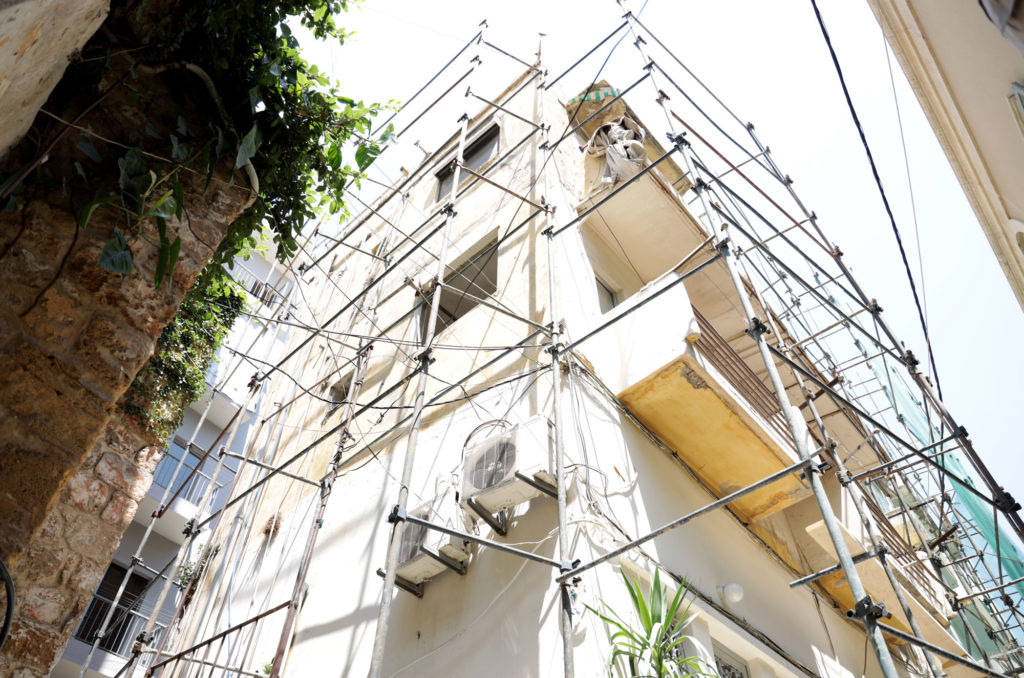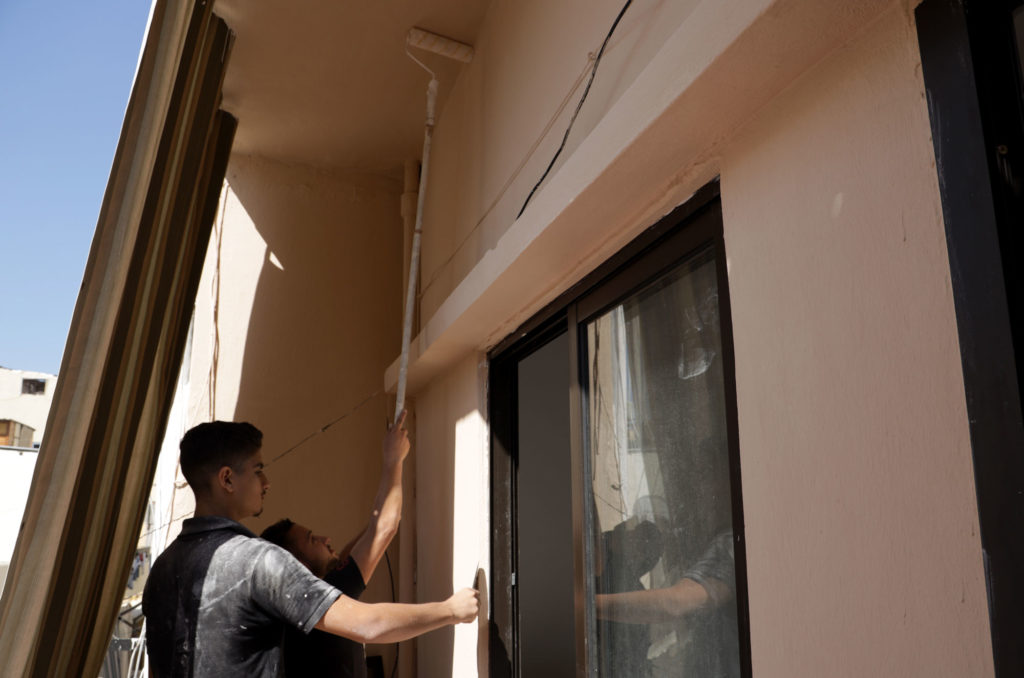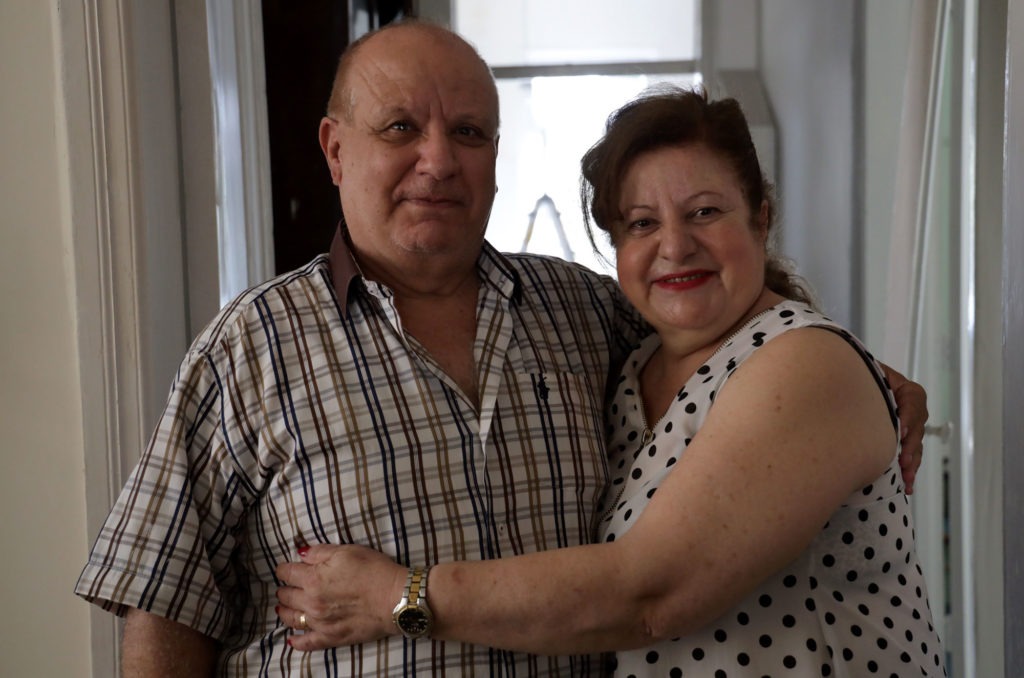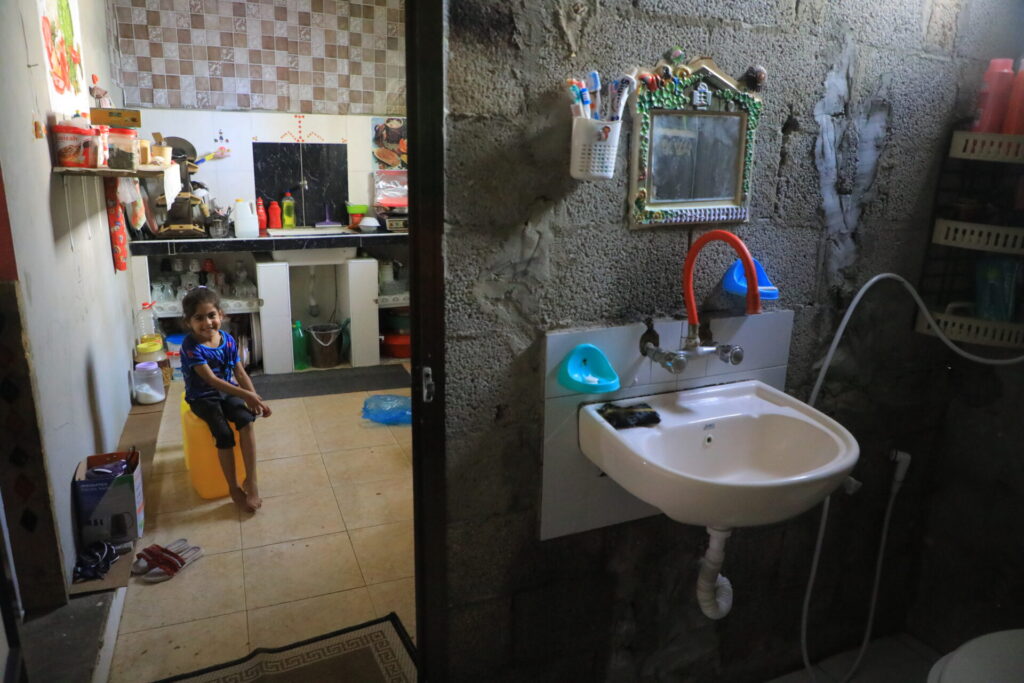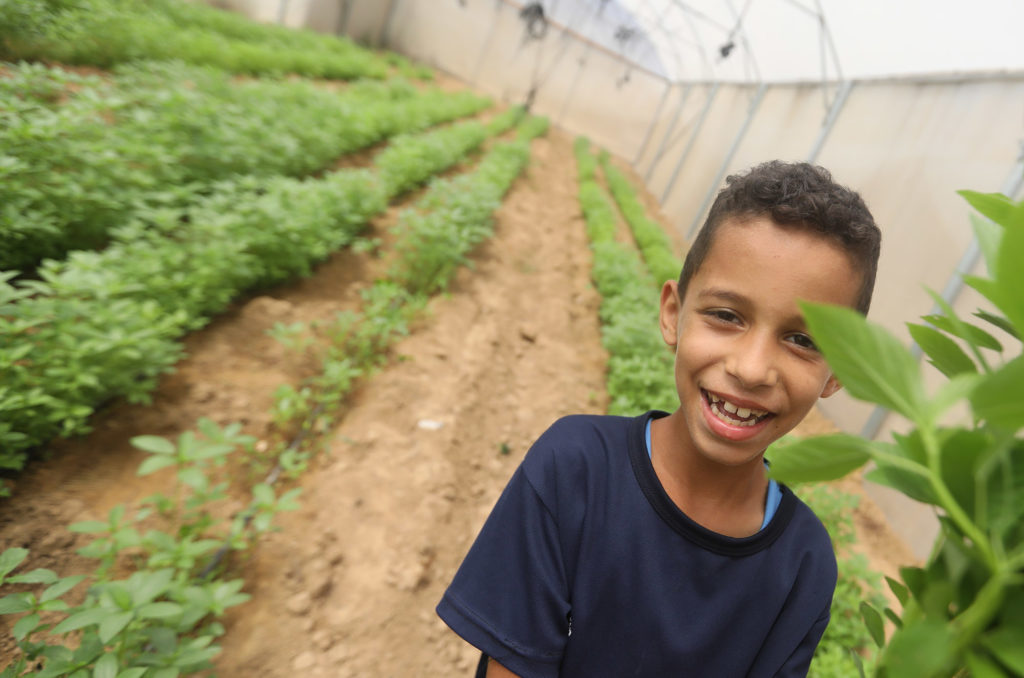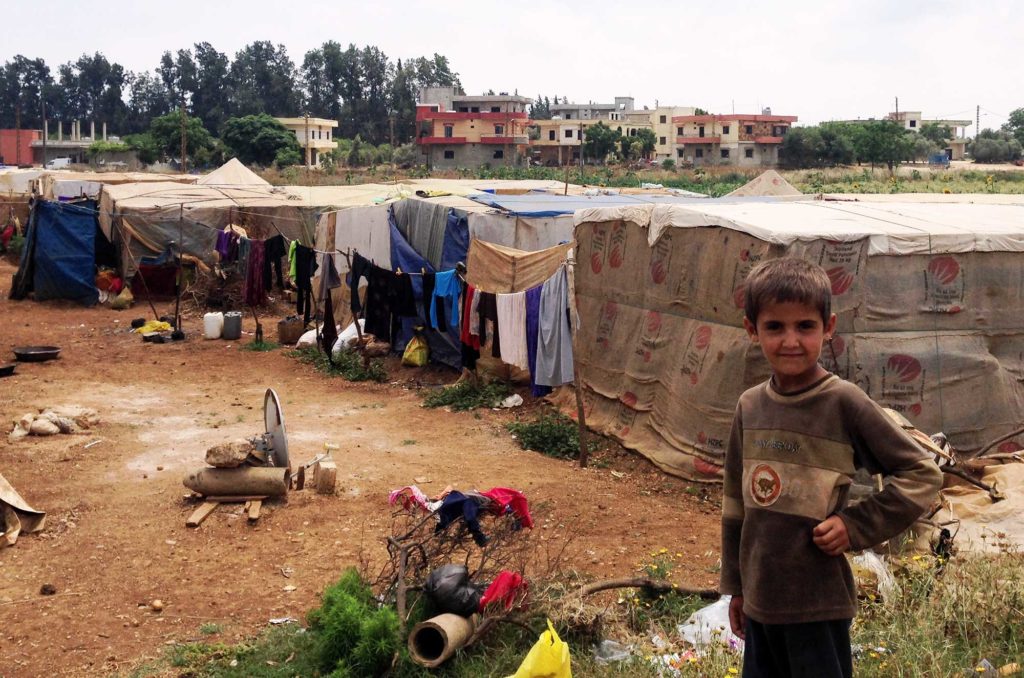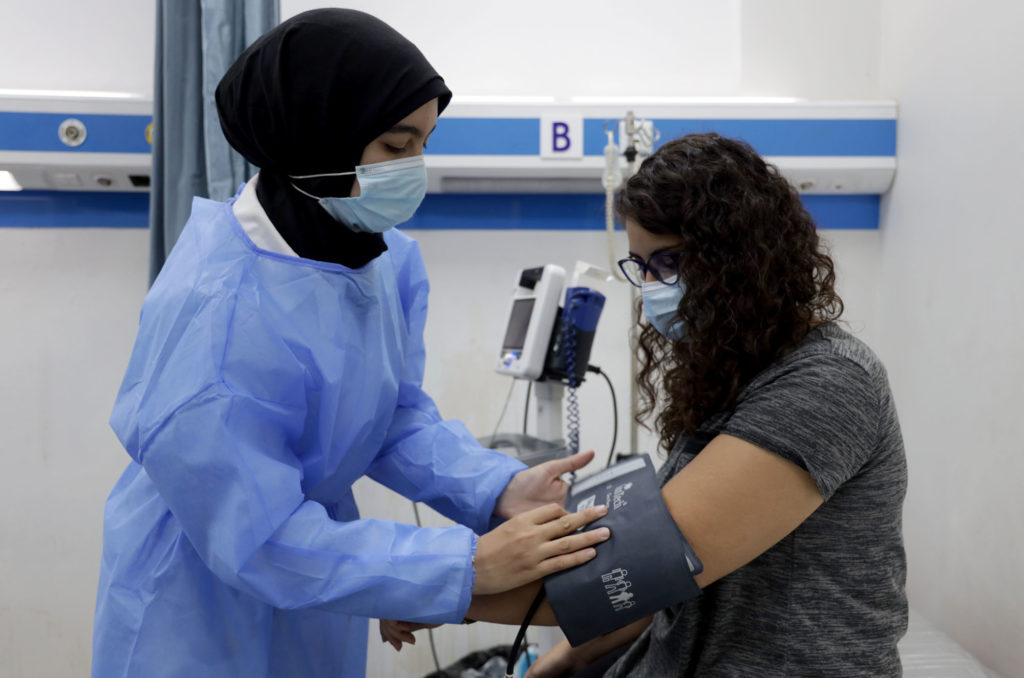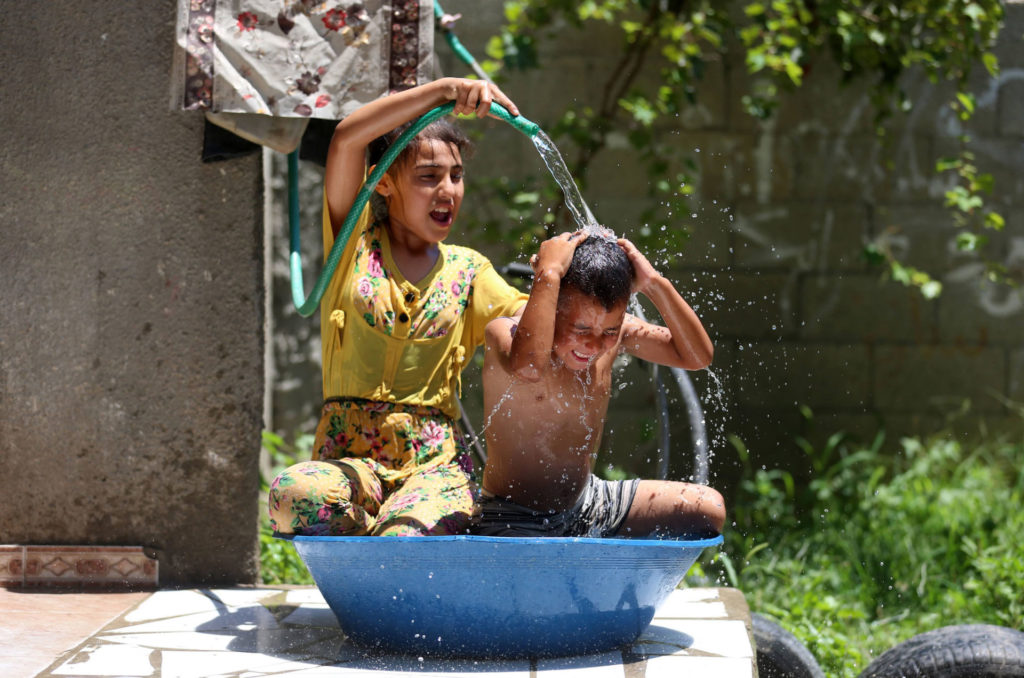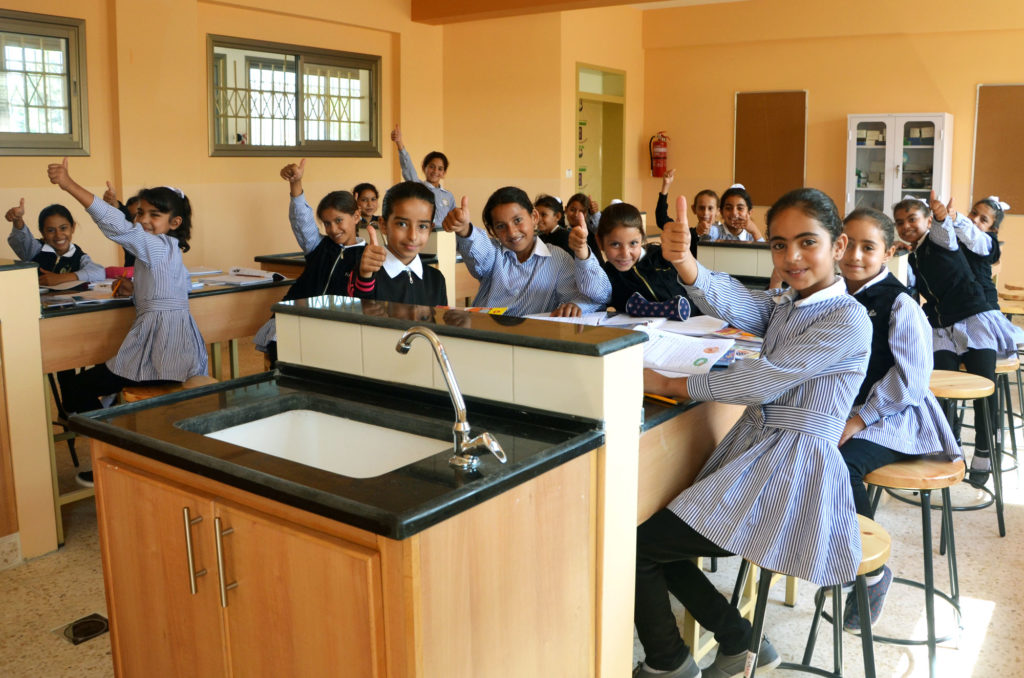The Reality
Vital Infrastructure Destroyed
Political turmoil in Palestine and Lebanon has afflicted communities for decades. Important buildings are often damaged or demolished in periods of violence.
Many communities are poor and lack proper infrastructure, so flooding and other natural disasters can also have devastating effects. Since 2008, Gaza has seen six major escalations in the conflict, interspersed with sporadic bombing campaigns. The effects of these wars can still be seen and felt in the many destroyed and damaged homes, schools, businesses and farms. Gaza reconstruction has been slow because of restrictions on moving construction materials through Gaza’s heavily restricted borders.
From time to time, bouts of violence flare up in the Palestinian refugee camps of Lebanon, putting civilian families in the crossfire. When clashes erupt, many Palestinian and Syrian refugees find themselves forced to flee again. In 2007, for example, many buildings in Nahr El Bared camp were completely destroyed, and residents were left to pick up the pieces of their lives. In 2020, the Beirut port explosion severely damaged entire neighborhoods of Beirut, killed more than 200 people and displaced some 300,000 from their homes.
Anera's Response
Post Emergency Reconstruction
When a humanitarian crisis strikes in Lebanon, Jordan or Palestine (East Jerusalem, Gaza and the West Bank), Anera is there so families can get back on their feet.
When the fighting ends, attention often drifts elsewhere, but needs persist long after bombs stop falling. Following the bombardments of Gaza, Anera’s post-conflict reconstruction efforts help restore water networks, farms and preschools.
In the aftermath of armed conflicts in Lebanon’s refugee camps, Anera helps residents recover by rebuilding and equipping community centers, clinics and public spaces. We also install water tanks on homes to ensure that thousands of residents have safe and reliable access to clean water—a basic necessity that often vanishes during emergencies.
Following the Beirut explosion, Anera organized youth volunteers and students from our vocational training courses to help clean up streets and rehabilitate 1,100+ homes and businesses throughout the city.
Anera also works to prevent the need for reconstruction. This means that we put reliable infrastructure into place. In communities across the West Bank, Anera has constructed water drainage systems that redirect rainwater away from population centers, and installed water networks. In just four years, from 2019 to 2023, Anera connected 154,931 Palestinian homes in Gaza to reliable sources of water, upgrading wells and water networks in 32 communities. Our engineers also completed urgent repairs of 14 wastewater networks, affecting 47,586 Palestinians in 18 Gaza communities.
How It Works
-
Assessment
Assess damage from the emergency.
-
Identification
Identify primary needs of the community and local partners to work with.
-
Planning
Plan sustainable projects that will deliver and last.
-
Reconstruction
Reconstruct and rehabilitate schools, hospitals, community centers, water networks and other damaged infrastructure.
-
Observation
See generations of positive effects—from children educated in rebuilt schools, to families making a living by farming restored fields.
The explosion at the Port of Beirut in the capital city of Lebanon damaged over 62,000 residential spaces and 20,000 business buildings. With support from Anera's community, we are able to rebuild homes and buildings that were damaged.


